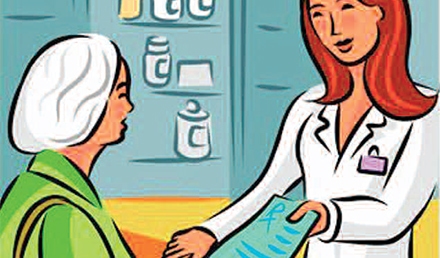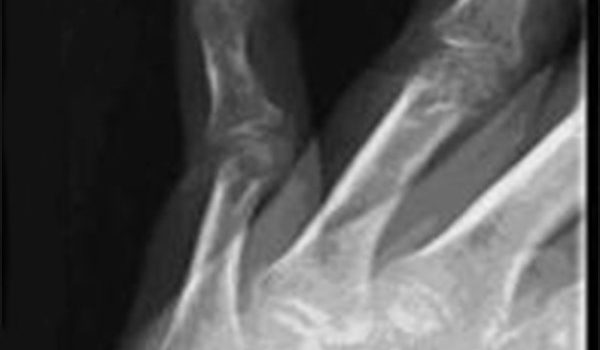Urgent message: Forging solid relationships with other clinicians in emergency, primary care, or specialty settings can help facilitate two-way referrals and prove beneficial to all parties involved – including patients. The second of two parts. Alan A. Ayers, MBA, MAcc Overbooked primary care officers and time-consuming (not to mention costly) trips to the emergency room leave many patients frustrated and feeling they have no place left to turn when a medical condition requires immediate attention …
Read More


